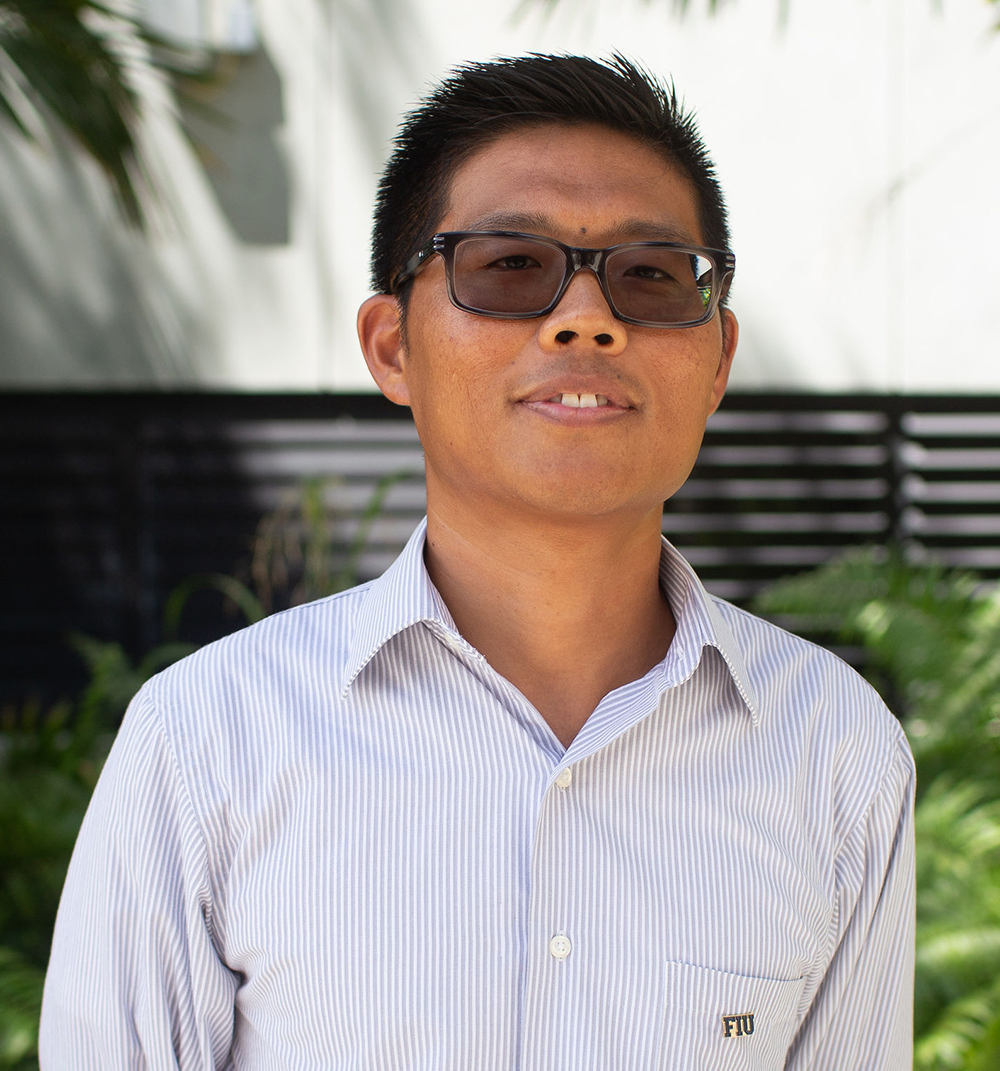Dr. Yuanchang Sun, an assistant professor of mathematics, received his Ph.D. in applied and computational mathematics 2009 from Michigan State University. Before joining FIU, he has been working as a visiting assistant professor at Univ of California Irvine from '09-'12. He has been an assistant professor of FIU since August of 2012. Dr. Sun's research areas include 1) signal separations and decompositions, and data analysis; 2) mathematical modeling, analysis, and computations of light-matter interactions on microscopic scales; Over the years, he has made a number of publications and presentations in these topics, and he has taught a variety of courses including calculus, differential equations, numerical analysis, topics in mathematical modeling, etc. Over the past years, he has received several awards and honors including
Research Areas
Blind separation of signals (or BSS) problems and their applications in spectroscopic sensing. The recent developments of detection approaches and the improvements of spectroscopic techniques have made it possible to identify pure substances by their fingerprint spectra. It is however a challenging problem to identify spectral signals in real-world applications due to many complicating factors. For example, a target chemical often appears in a mixture where the signature spectral fingerprint of the target is absent; measurement errors occur. Nonlinear distortions can occur to source signals when the underlying substances are in a mixture, these distortions include shifting, compression, and expansion. My research works address all these problems by developing robust signal separation modeling and methods.
Computational modeling in nano-optics; At the heart of nano-optics are interactions of light and nanostructures. To fully characterize the interaction of light and media on the nanometer scale, quantum electrodynamics theory (QED) should be invoked. However, the fact that QED requires extremely intense computation prohibits it from many practical applications. In order to overcome the high computational cost of QED and be able to capture essential quantum effects, my research aims to build a semi-classical and computationally tractable model to rigorously characterize the light-matter interactions on the nanometer scale. Together with my collaborators, we have developed initiatives in optically excited nanostructures. Our work can offer help in the design and potential device applications of such structures.
